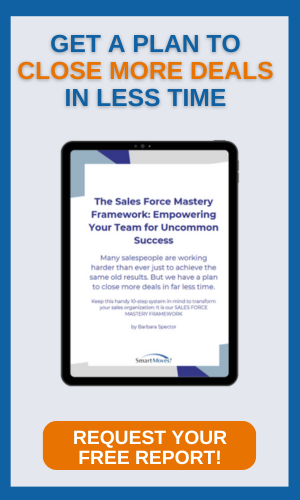Great talent waits for no one.
BY BERNARD COLEMAN, HEAD OF EMPLOYEE ENGAGEMENT, GUSTO@BERNARDCOLEMAN3

I often say, talented people always have options. In the world of business, the war for talent is always raging and good people will always be a sought-after commodity.
As leaders, you must constantly think about the employee life cycle of hiring, progression, and, particularly, retention. Otherwise, employees may be easily wooed away for greener pastures. There is a perpetual market for talent, and leaders need to position their companies so that their folks don't get easily taken.
Below are seven elements to consider to avoid getting poached.
- P is for Perform
Organizations that prioritize a performance culture that's fair and enable employees with tools to thrive are highly valued. In a performance culture, it's not just about results but also about objective feedback, fair performance reviews, 360 reviews, growth, empowerment, and recognition for stellar efforts.
- O is for Onboarding
The first 30/60/90 days are bedrock for a new hire. They are learning the ropes, acclimating, and working to prove themselves. Those early days are predictive of future success when the support structures are defined from day one.
Leaders need to ask themselves, are the employees set up for success? Is it a psychologically safe work environment? Is it a welcoming place where growth and innovation are prioritized?
These are the questions that prospective employees and new hires think about. It goes well beyond compensation when employees spend most of their waking hours at work. It needs to be a place that is enduringly hospitable and fair.
Employers should even consider relational onboarding, moving from the transactional nature of onboarding to an elongated process to ensure employees not only gain knowledge but feel supported as well as connected to the company.
- A is for Attract
I constantly think about the employee value proposition, which is basically why an employee would want to work for any given company. An organization needs to think about what differentiates it from others. Maybe it's the product, the mission, the culture, the people, the benefits, the perks -- the reality is all those factors, and organizations need to constantly up the ante to further understand their absolute advantage differentiators.
- C is for Compensation and Culture
It goes without saying that organizations should pay people fairly, ideally at market for their professional and academic experiences. But money isn't the be all and end all. There needs to be a solid and fair culture in place to ensure folks can innovate, contribute ideas freely, and add value to the organization. Bottom line, culture is the organizational calling card.
- H is for Hire
Hiring well is an art form -- from where you post the role, how well written the job description is, and employer rankings on places like Glassdoor to the recruitment experience, how the interviews go, the questions asked, and the candidates met. Each element is a signal to potential employees and tells a story of what it might be like to work at the organization. It's important to get this right; according to SBA, it can cost from 1.25 to 1.4 times the salary to hire someone.
- E is for Engagement
According to Gallup, in the U.S. 53 percent of workers are in the "not engaged" category, 13 percent are "actively disengaged," and 34 percent are "engaged at work" based on a random sample of 30,628 full- and part-time U.S. employees from January to June 2018. If engagement is directly tied to productivity, a great deal of organizations are not capitalizing on the talent on their teams.
- D is for Develop
Employees want to be invested in and to grow. In a performance culture, organizations need to create value beyond that of the product. Leaders need to invest in learning and development so their folks can thrive. Most people yearn for ongoing enrichment, and if they start to feel like they're dispensable, they'll vote with their feet and depart for the competition. Make the development process so great that it deters early departures.
Poaching doesn't have to happen if leaders put their people at the center of the strategy. At the end of the day, money might motivate, but culture is the glue.





